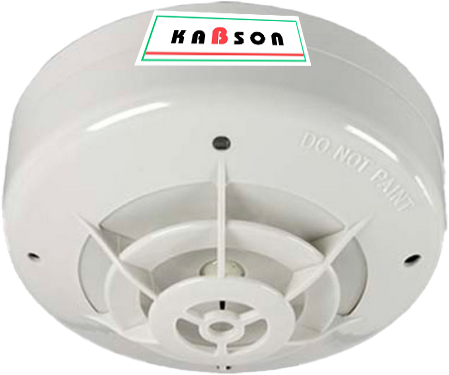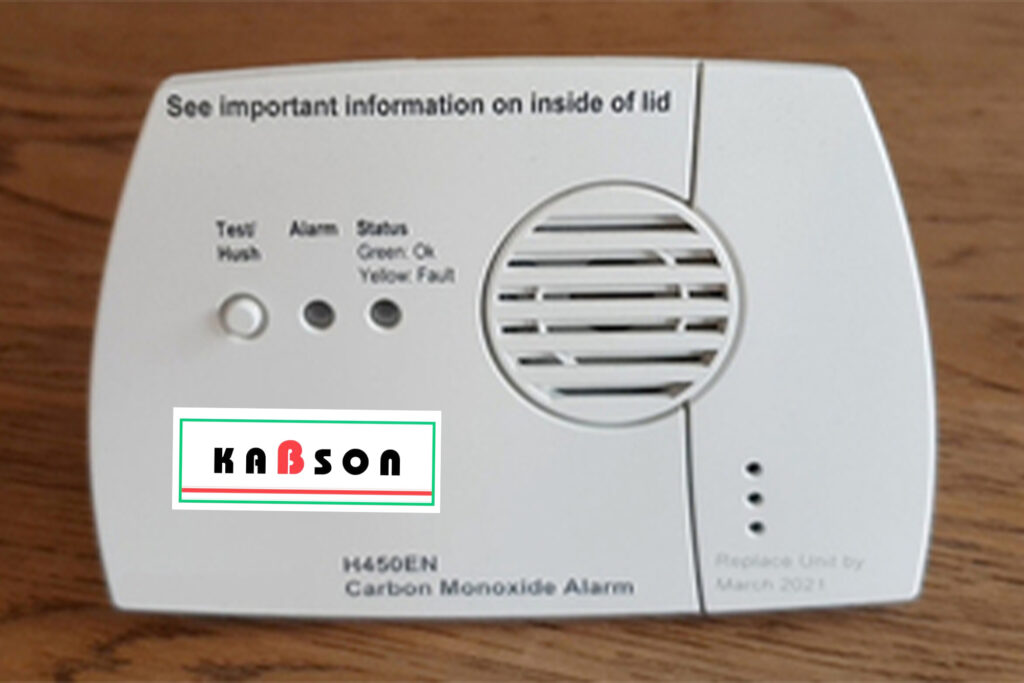fire detection systems
what are fire detection systems?
Here in “KABSON” Fire fighter Fire detection systems are designed to identify fires early in their production, when there is still enough time for occupants to safely evacuate. Early detection is also essential for ensuring the safety of emergency response personnel.
fire detection systems must be used in combination with alarms to be successful. Alarm systems normally send a signal to a staffed control station, either on-site or off-site, and provide warning to at least the building’s occupants. Alarms can be sent directly to the fire department in some cases, but this is no longer the standard procedure in most places..
The Fire Alarm Control Panel is the “brain” of the fire warning system. It acts as a central hub for all detector signals to be wired to and gives users a status indication.
The unit can also be configured to simulate an alarm for use in regular fire and evacuation exercises, ensuring that all employees are aware of what to do in the event of a real fire.
Different Types of Fire Alarm Detectors
The warning systems are at the heart of a fire alarm system, ranging from sophisticated electronic smoke alarms to basic manually controlled break glass machines. There are several different models, but we may categorise them as follows:
Two types of fire detection systems which are mainly used in “kabson” fire fighter are smoke & heat detectors


"Kabson" fire fighter Heat Detector
“Kabson” fire fighter heat detector can sense a rise in temperature but are unaffected by smoke. Heat detectors sense the presence of heat as well as a rise in the temperature of the air. These detectors have less false alarms than smoke detectors, but they take longer to detect a fire.
They are ideally suited for kitchens, garages, and lofts because they are ideal in situations where smoke detectors can trigger false alarms, such as steamy, humid, or dusty conditions.
Point detectors that are sensitive to heat
Point detectors can be further subdivided into two types:
When it’s subjected to a certain temperature, it’ll start working. Normally, a fusible alloy element is used in fixed temperature detectors, which must be replaced after use. To account for changing ambient air temperatures, various temperature-rated elements are available.
The second form is based on how quickly the temperature rises. A fusible part for fixed temperature operation may be included in the rate of rise temperature detector.
"Kabson" fire fighter smoke detector
Ionisation, photoelectric, and hybrid ionisation/photoelectric smoke detectors are the three most common types. When a smoke detector detects smoke, it sounds a warning to warn the building’s inhabitants. The way these detectors sense smoke is what distinguishes them from one another. This is the most important fire detection systems.
Photoelectric
Larger particles of smoke from slow-burning, ‘smouldering’ fires are detected by these detectors. They’re incredibly dependable, with very few false alarms. These are more costly than ionisation smoke detectors, but they are more efficient at detecting larger particles of smoke generated by slow-burning fires.
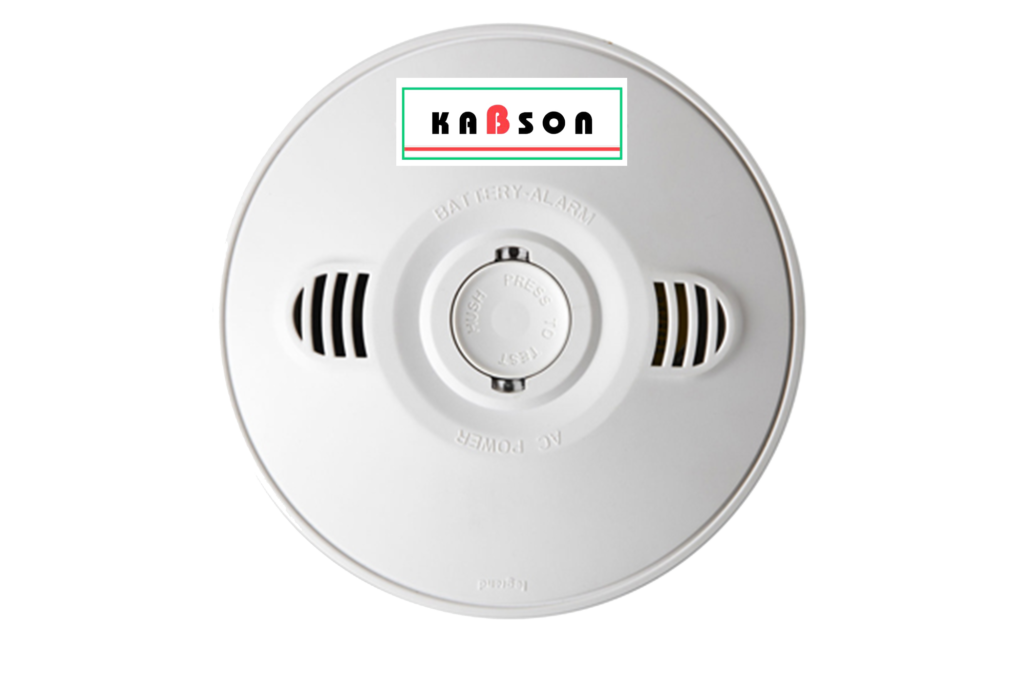
Ionisation
Fast-burning fires are well-detected by these detectors. These are the cheapest and can be bought at a very low price. They are very susceptible to small particles of smoke created by rapidly burning flames, such as paper and wood, and can detect this form of fire until it becomes too dense.
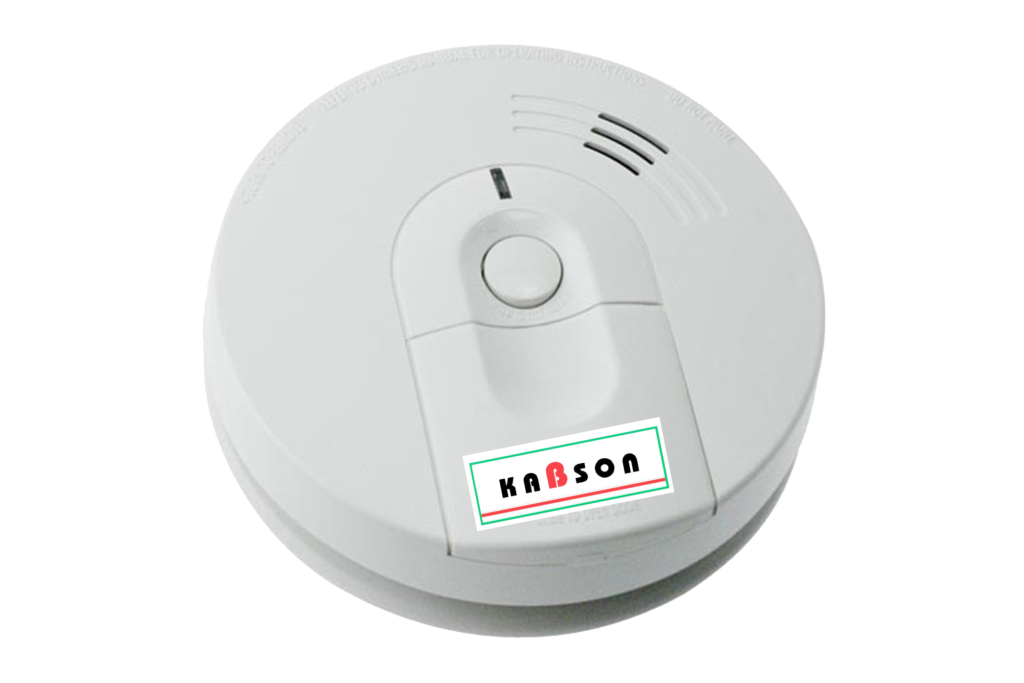
"kabson" fire fighter Carbon Monoxide Detectors
Carbon monoxide detectors, also known as CO fire detectors, are electronic detectors that detect the presence of carbon monoxide in the air to signal the start of a fire. Carbon monoxide detectors, also known as CO fire detectors, are electronic detectors that detect the presence of carbon monoxide in the air to signal the start of a fire.
Carbon monoxide is a toxic gas that is formed when fuel is burned.
These detectors are not the same as carbon monoxide detectors, which are used in homes to shield occupants from carbon monoxide emitted by incomplete combustion in appliances like gas fireplaces or boilers.
Carbon monoxide fire detectors have the same kind of sensor as home smoke detectors, but they are more reliable and respond faster.
An electrochemical cell in carbon monoxide detectors detects carbon monoxide but not smoke or other combustion materials.
"Kabson" fire fghter Multi-Sensor Detectors
Multi-sensor detectors integrate optical and heat sensor inputs and process them using a sophisticated algorithm integrated into the detector circuitry.
The detector returns a value dependent on the cumulative responses from both the optical and heat sensors when surveyed by the control panel. They’re made to be resilient to a variety of fires.
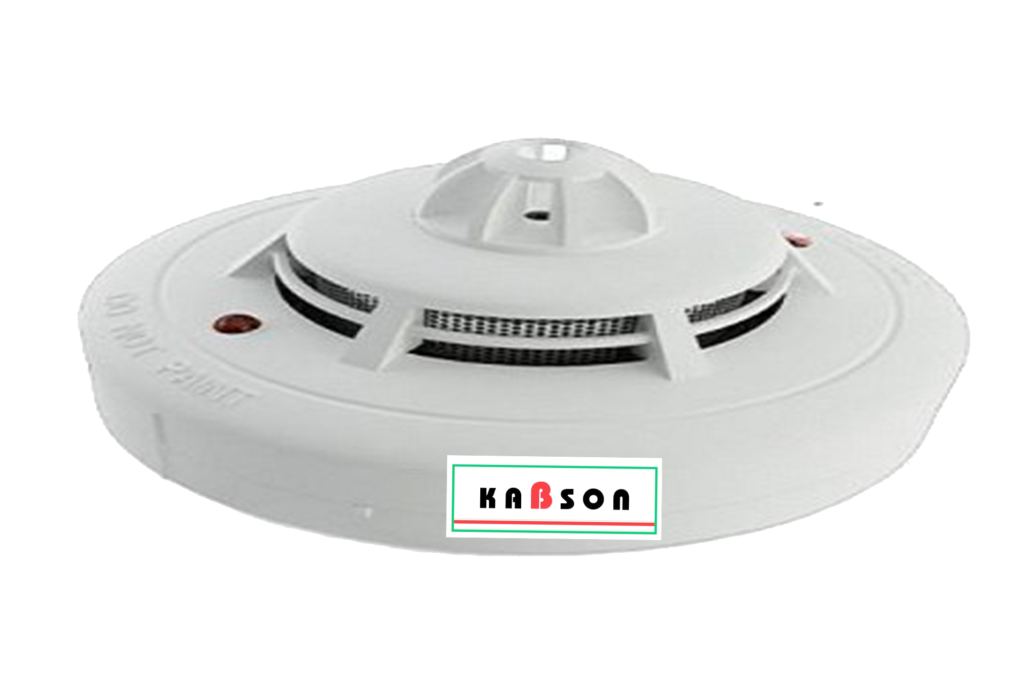
"kabson" fire fighter Manual Call Points
A Manual Call Point, also known as a Break Glass Call Point, is a mechanism that allows staff to activate the alarm by breaking the frangible feature on the fascia.
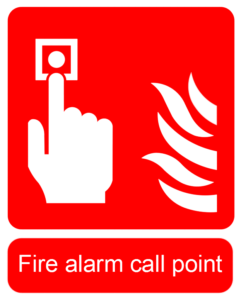
How Does fire alarm or fire detection systems Work?
A fire alarm system is an active fire safety system that manages all of a building’s fire alarm modules. It is made up of warning initiating equipment (smoke detectors and heat sensors), alarm detection equipment (sirens or noisy noise-making devices), fire suppression mechanisms (sprinkler or fire extinguisher systems), power supplies, and wirings. But how do they function?
The fire alarm device may be activated automatically or manually by smoke alarms, heat detectors, or both. These sensors are designed to sense particular amounts of heat or smoke that could signify a fire. A noisy bell or siren, often followed by flickering or flashing lights for people with hearing impairments, bursts to alarm building residents .Let us look further into the elements of a fire alarm device to better understand how it functions. A smoke detector is often available in a fire alarm device to detect smoke or fire.
How does a smoke detection work in a fire alarm system? Smoke detectors are classified into two categories. The optical detector and the ionisation detector are the two. Using light sensors, the optical smoke detector senses smoke (infrared LED). When smoke particles move into the chamber of the optical detector, they scatter light, causing the alarm to sound. If a smoke molecule enters the ionisation detector’s container, it reduces air ionisation within the chamber which allows the alarm to sound.
We are contented to acknowledge our association with HOCHIKI for fire detection System ( We are an endorsed system partner for Hochkiki )

Hochiki is World Class Leader in Fire Detection SINCE 1918. For 100 years Hochiki has led the way in the design and manufacturer of innovative life safety solutions. Hochiki Corporation is a wholly independent, multinational, publicly listed company located in Japan with over 1,700 employees working across six manufacturing plants, 36 sales offices and 13 subsidiaries. For 100 years Hochiki Corporation has led the way in the design and manufacturer of innovative life safety solutions backed by a strong Research & Development Centre. It’s leading edge commercial and industrial life safety systems and products have acquired global acceptance as the benchmark for high-integrity and long-term reliability. Hochiki products have been sold to more than 140 countries covering every segments of the market in terms of FIRE SAFETY.
Hochiki offers a wide selection of product ranges that are suitable for
a variety of applications.
- Fire Detection (Conventional, Intelligence Addressable, Wireless,
VESDA, LHS, Marine, SIL,UL & FM, NFPA, EN, ATex, BASSEFA, Intrinsically Safe & Explosion Proof and Many more Approved detection system). - Emergency Lighting (Evacuation System) with Fire Alarm Syst.
- Special Fire Detection System.

